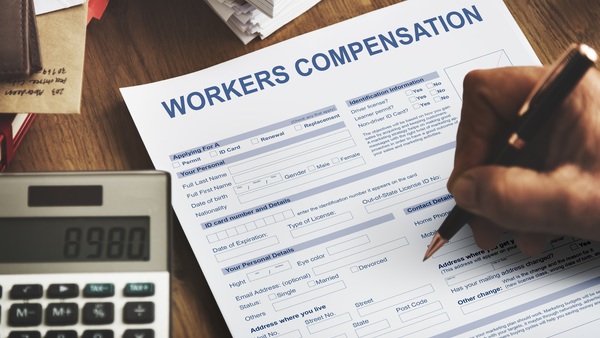Depending on an employee’s line of work, they typically aren’t too concerned for their safety while they’re on the job.
But that doesn’t mean the risk of an accident isn’t lurking around the corner waiting to strike.
Being prepared is the name of the game, and no two businesses are alike. Whether you’re a small-business owner or running a Fortune 500 company, consulting your insurance carrier about the best workers’ comp program for you is vital to your enterprises’ success.
Interstate Restoration suggests keeping these 10 tips in mind when you’re looking for ways to reduce slips, trips and falls in your business:
1. Keep walkways clean and free of clutter
By keeping walkways clear, you can quickly reduce the potential for an injury. An unobstructed path reduces the likelihood of an employee or customer tripping over an unexpected object or the potential for a spill that could create a dangerous slipping hazard.
2. Let there be light
Operating in dimly lit areas is a recipe for disaster. Proper lighting inside and outside of the workplace can help illuminate areas employees and customers are likely to operate around. By installing proper lighting, such as spotlights or illuminated steps, you can reduce the chance that an individual will slip or fall.
3. Signs
Clear, well-placed signs can go a long way for businesses with potential problem areas. A sign indicating a step, gap, uneven ground or loose rocks will increase awareness and help protect businesses from potential lawsuits. Using reflective tape can also highlight problem areas.
4. Stairways/Handrails
Stairways and handrails are full of liabilities. They’re a common area for falls in the workplace and additional care is often required to reduce the risk of injury. Be sure to check for any unsecured rugs or carpets on or near the stairs and landing. Well-lit stairs, especially, will keep everyone safe from potential hazards.
5. Check your footing
Are your employees wearing footwear that is appropriate for the specific work conditions that they’re working in? Shoes with proper traction should be required when possible.
6. Stepping up safely
Ladders and accessible step stools can help reduce the chances of a fall by helping employees reach heights safely. Having these options reduces the likelihood of an employee opting for a more unstable option, such as a chair, desk or table.
7. Pull the plug on loose cords
Power, internet and phone cords can often become bunched up, posing a risk to snag someone if they’re not properly accounted for. Consider running the wires behind walls or under carpets to keep them out of the way. Installing power outlets, internet connections and phone jacks in easily-accessible locations to avoid running cables across walkways can also get the job done.
8. Check your floor conditions
Make sure there are no cracks or holes in your building flooring or in the pavement outside. Rather than wait, repair any problem areas immediately. And be sure to place warning signs in/on/around said problem areas.
9. Throw down the throw rug
Tiled and hard wood floors are great to look at, but present so many risks for slips and falls. Adding non-skid throw rugs can help reduce accident potential. Just make sure to add non-skid padding underneath the rug to prevent it from slipping out from underneath someone.
10. Clean up spills immediately
Don’t wait to clean up a spill. If allowed to penetrate the floor surface, some substances can actually create a more slippery surface even after cleanup. As always, place your caution signs around the spill before and after the cleanup process.
The good news is most accidents are preventable. Carefully considering your work environmental for potential liabilities is the first step any business can take towards proactively keeping your employees, customers and business safe and out of harms way.
Source: PropertyCasualty360
Photo: ShutterStock









